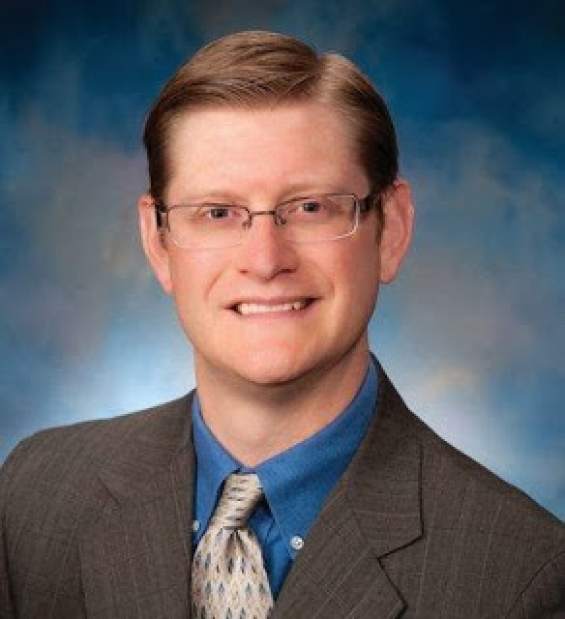 McGowan Institute for Regenerative Medicine affiliated faculty member Kurt Weiss, MD, assistant professor of orthopaedic surgery, UPMC Department of Orthopaedic Surgery, Division of Musculoskeletal Oncology, and the Stem Cell Research Center, and director of the Cancer Stem Cell Laboratory within the Stem Cell Research Center, is one of only a handful of surgeons who specialize in sarcoma. Dr. Weiss is also one of the very few physician-scientists searching for a cure for this disease, and the only one who is also a former osteosarcoma patient. Part of the orthopaedic surgery team at UPMC, he still spends at least 2 days in the lab, studying the science behind the disease and looking for the answer that will stop it for good. Dr. Weiss received a 5-year NIH grant to establish this lab in 2013.
McGowan Institute for Regenerative Medicine affiliated faculty member Kurt Weiss, MD, assistant professor of orthopaedic surgery, UPMC Department of Orthopaedic Surgery, Division of Musculoskeletal Oncology, and the Stem Cell Research Center, and director of the Cancer Stem Cell Laboratory within the Stem Cell Research Center, is one of only a handful of surgeons who specialize in sarcoma. Dr. Weiss is also one of the very few physician-scientists searching for a cure for this disease, and the only one who is also a former osteosarcoma patient. Part of the orthopaedic surgery team at UPMC, he still spends at least 2 days in the lab, studying the science behind the disease and looking for the answer that will stop it for good. Dr. Weiss received a 5-year NIH grant to establish this lab in 2013.
Osteosarcoma is a cancerous tumor in a bone. Specifically, it is an aggressive malignant neoplasm that arises from primitive transformed cells of mesenchymal origin (and thus a sarcoma) and that exhibits osteoblastic differentiation and produces malignant osteoid. Osteosarcoma is the most common histological form of primary bone cancer. It is most prevalent in children and young adults.
Osteosarcomas tend to occur at the sites of bone growth, presumably because proliferation makes osteoblastic cells in this region prone to acquire mutations that could lead to transformation of cells (the RB gene and p53 gene are commonly involved). The tumor may be localized at the end of the long bone (commonly in the metaphysis). Most often it affects the proximal end of the tibia or humerus, or the distal end of the femur. Osteosarcoma tends to affect regions around the knee in 60% of cases, 15% around the hip, 10% at the shoulder, and 8% in the jaw.
A complete radical, surgical, en bloc resection of the cancer, is the treatment of choice in osteosarcoma. Although about 90% of patients are able to have limb-salvage surgery, complications, particularly infection, prosthetic loosening and non-union, or local tumor recurrence may cause the need for further surgery or amputation.
“After we establish the diagnosis of osteosarcoma, we immediately begin chemotherapy. After about 10 weeks of induction chemotherapy, the patient will have complete surgical removal of the tumor and reconstruction,” said Dr. Weiss. “After the patient is healed from their surgery, typically about 2 weeks, then they go back and have additional chemotherapy.” Treatment is often referred to as “sandwich surgery.” With this type protocol, the 5-year survival rate is approximately 65 percent.
Dr. Weiss is a native Pittsburgher who has been affiliated with UPMC’s Department of Orthopaedic Surgery since 1994, when he performed orthopaedic basic science research as a Notre Dame undergraduate student. He attended Jefferson Medical College in Philadelphia, during which he participated in a 1-year research fellowship at the National Institutes of Health, where he studied the biology of various forms of bone cancer. Dr. Weiss returned to Pittsburgh for his residency in orthopaedic surgery, and completed a fellowship in musculoskeletal oncology at the University of Toronto.
Illustration: McGowan Institute for Regenerative Medicine.
Read more…
